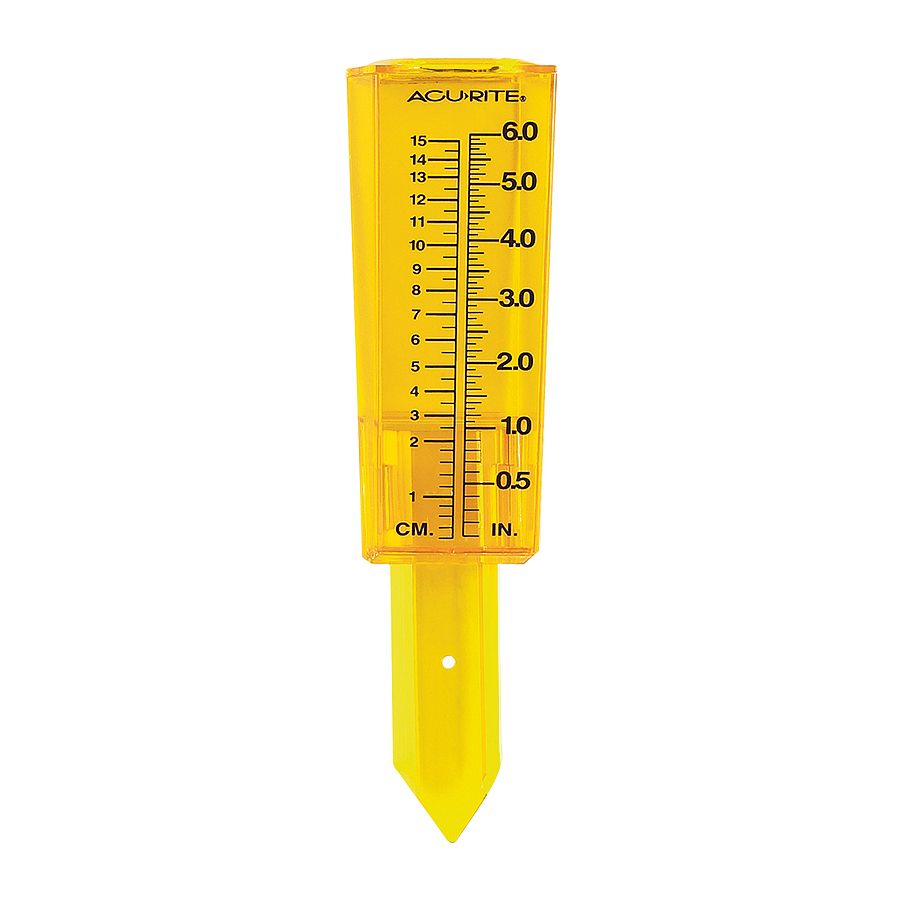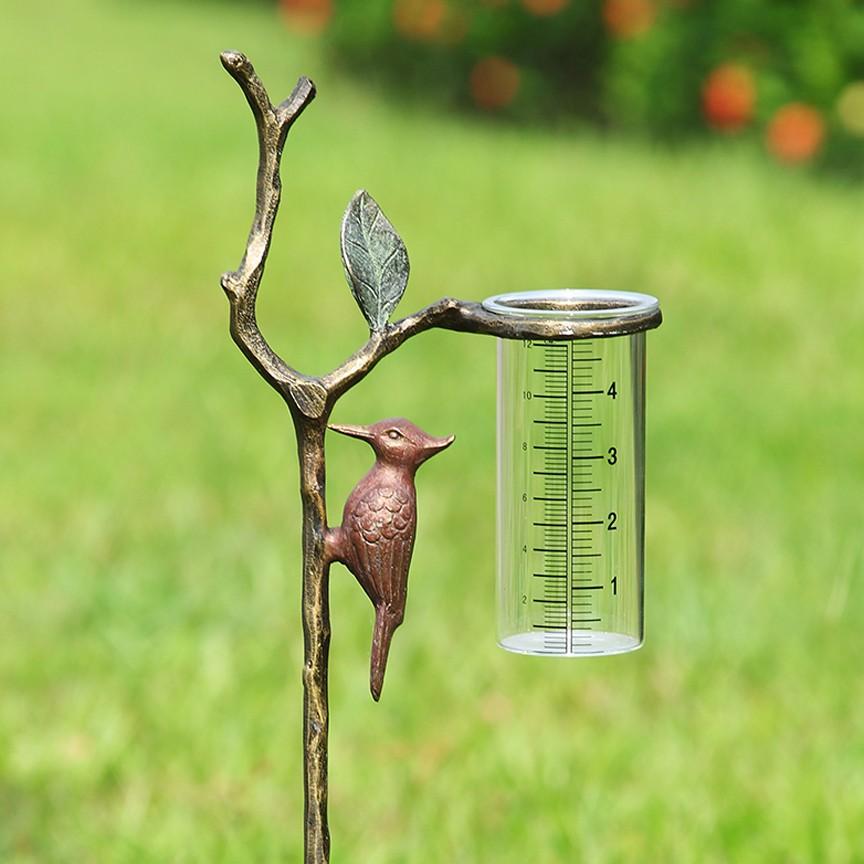The Rain Gauge: Enhancing Agricultural and Environmental Checking Efforts
The Rain Gauge: Enhancing Agricultural and Environmental Checking Efforts
Blog Article
Exactly How to Select the Right Rainfall Gauge for Accurate Rainfall Data
To obtain trustworthy measurements, it is important to choose the ideal rain scale. Thinking about factors such as area, type, and precision of the rain scale will help make sure accurate information collection. Furthermore, recognizing the maintenance and calibration treatments will add to the durability and reliability of your rainfall scale.
Value of Choosing the Right Rainfall Scale
The value of choosing the ideal rain gauge hinges on obtaining dependable and accurate rainfall data for exact atmospheric evaluation. Rainfall data is critical for a variety of applications, consisting of weather forecasting, hydrological modeling, and environment study. Incorrect or unstable data can bring about erroneous final thoughts and flawed decision-making procedures.

Second of all, the precision and precision of the rain gauge are extremely important. The scale must have the ability to determine rainfall with high precision, catching also small quantities of precipitation accurately. It needs to additionally decrease mistakes as a result of dissipation, wind, and other environmental aspects. Regular calibration and maintenance are vital to ensure ongoing accuracy.
Furthermore, the location and installation of the rainfall gauge are critical considerations. It must be placed in an open location, far from blockages that can influence rains dimensions. The gauge should be placed at a suitable elevation and angle to avoid spilling and guarantee correct catchment of rainwater.
Variables to Consider When Choosing a Rain Gauge
When picking a rain scale, there are numerous essential variables to think about. These variables can considerably impact the accuracy and dependability of the rains information gathered. The very first factor to consider is the kind of rainfall scale. There are various kinds available, consisting of basic rainfall determines, tipping bucket rain evaluates, and considering rainfall determines. Each type has its own advantages and downsides, so it is necessary to select one that ideal suits your certain needs and requirements.
One more element to think about is the product of the rain gauge. Rain evaluates can be made of numerous products, such as glass, plastic, or metal. The product picked should be resistant and durable to weather conditions, making certain that the rain gauge will certainly hold up against the aspects and give exact dimensions in time.
Accuracy is likewise an essential variable to take into consideration. Try to find rainfall evaluates that have actually been calibrated and tested for accuracy. Functions such as anti-splash rings and funnels can also enhance the precision of the measurements.

Last but not least, take into consideration the environment and atmosphere in which the rainfall scale will be used. Various rain evaluates appropriate for various climates, so it is necessary to select one that is suitable for the conditions in your location.
Different Kinds Of Rainfall Assesses Available
To even more explore the factors to think about when picking a rainfall scale, it is crucial to recognize the various kinds of rainfall determines offered. The most typical kind is the conventional rain scale, also understood as the round rainfall scale.
One more sort of rain scale is the tipping bucket rain gauge. This scale utilizes a seesaw-like device to gather and determine rains. As the rainfall comes under the scale, it fills out one side of the container, triggering it to empty the water and tip. The number of suggestions is counted digitally to establish the quantity of rainfall. Tipping bucket rainfall determines are prominent for their accuracy and ability to measure rains strength.
A third kind of rainfall scale is the evaluating rain gauge. As the rainfall drops into the gauge, it is gathered in a container attached to an equilibrium.
Ultimately, there are likewise remote rain assesses that use advanced modern technology to gauge rainfall (The Rain Gauge). These gauges use sensing units and transmitters to send out data wirelessly to a main device. Remote rain assesses are hassle-free for checking rainfall in hard-to-reach areas or for massive information collection
How to Figure out the Precision of a Rainfall Gauge
One means to analyze the accuracy Extra resources of a rain gauge is by carrying out normal calibration measurements. Calibration involves comparing the analyses of a rainfall scale to a conventional dimension, such as a certified rain scale or a weather station with high precision. By contrasting the measurements, any type of disparities or mistakes in the rainfall scale can be recognized and represented.
To carry out a calibration dimension, start by gathering rains data from both the rain scale and the conventional measurement tool over a particular period, such as a month. Contrast the readings and compute the difference between them. This distinction is referred to as the calibration mistake.
It is very important to note that calibration dimensions need to be performed consistently, as environmental variables, such as temperature level, particles, and wind, can influence the accuracy of the rainfall gauge gradually. By conducting regular calibrations, any adjustments in the accuracy of the rain scale can be spotted and adjustments can be made as necessary.
Along with calibration, it is additionally recommended to tidy and preserve the rain scale consistently to guarantee its precision. Get rid of any type of particles or blockages that may affect the accuracy of the dimensions, and look for any signs of damage or use that might need repair work or replacement.
Tips for Maintaining and Adjusting Your Rain Gauge
Normal maintenance and calibration are crucial for ensuring the accuracy and integrity of your rainfall scale in gauging rains information (The Rain Gauge). By adhering to a few easy tips, you can make sure that your rain scale is correctly maintained and adjusted
To start with, it is crucial to cleanse your rainfall gauge regularly to prevent any kind of particles or dust from obstructing the rain collection system. Make use of a mild detergent and a soft brush to carefully clean the within and outside of the gauge. Wash it thoroughly with clean water and permit it to completely dry completely prior to re-installing it.
Secondly, it browse around this web-site is advised to calibrate your rainfall gauge at the very least yearly. Calibration involves contrasting the measurements of your rainfall gauge with those of a trusted and accurate referral gauge. This will certainly assist you determine and deal with any type of possible mistakes in your rainfall scale's measurements.
To calibrate your rainfall gauge, accumulate a recognized volume of water utilizing a determining container and contrast it with the measurements videotaped by your rainfall gauge. Readjust the readings as necessary to click this guarantee precision.

Conclusion
In conclusion, choosing the ideal rain gauge is essential for obtaining exact rains data. When selecting a rainfall gauge, aspects such as place, purpose, and spending plan need to be considered. There are different types of rain gauges offered, each with their very own advantages and restrictions. It is very important to on a regular basis maintain and calibrate your rain scale to guarantee its precision. By adhering to these standards, precise rains data can be gotten for various applications.
There are different types available, consisting of basic rainfall gauges, tipping bucket rainfall determines, and considering rainfall assesses.To additionally explore the aspects to take into consideration when selecting a rainfall scale, it is vital to understand the various kinds of rain determines readily available. The most usual type is the standard rain gauge, likewise understood as the round rainfall gauge.An additional type of rain gauge is the tipping pail rain scale. Calibration includes contrasting the analyses of a rainfall gauge to a basic dimension, such as a licensed rainfall scale or a weather station with high precision.
Report this page